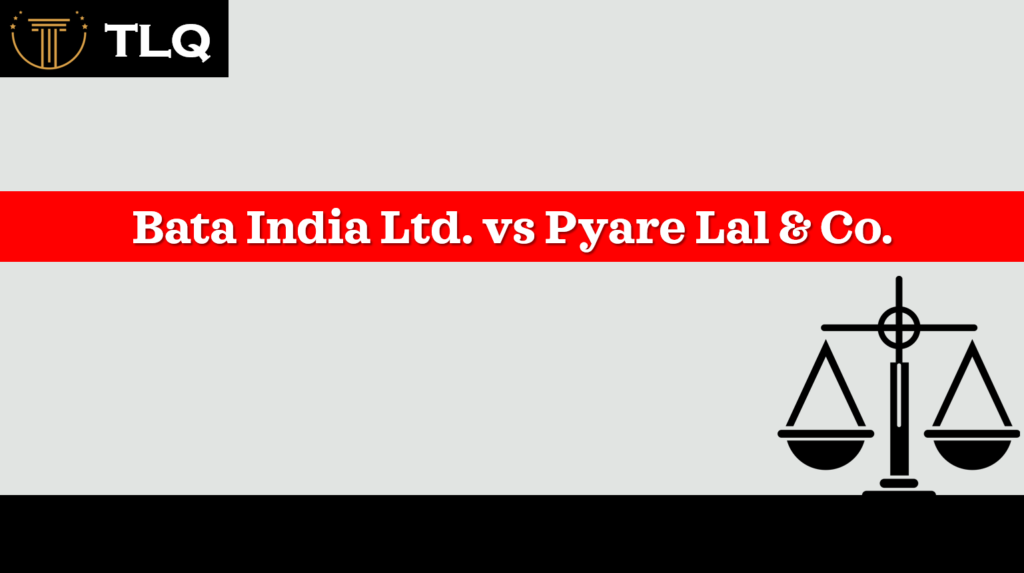Published On: 4th September, 2024
Authored By: Shirisha Pasepu
University of Hertfordshire
Issue
The central issue in the Minerva Mills Ltd v Union of India case was the constitutionality of the 42nd Amendment to the Indian Constitution, particularly Sections 4 and 55. These sections amended Article 31C and introduced Articles 368(4) and 368(5), which significantly altered the balance of power between the Fundamental Rights and the Directive Principles of State Policy (DPSP). The core issues were:
- Whether the amendments to Article 31C, which gave primacy to certain Directive Principles over Fundamental Rights, were constitutionally valid.
- Whether Articles 368(4) and 368(5), which barred judicial review of constitutional amendments, were valid under the Indian Constitution.
The Constitutionality of Article 31C (as amended by the 42nd Amendment):
- The amendment extended Article 31C, giving primacy to all Directive Principles of State Policy (DPSP) over the Fundamental Rights guaranteed under Articles 14 and 19. The original Article 31C protected only laws giving effect to Articles 39(b) and 39(c) from being challenged on the grounds of violating Fundamental Rights.
The Constitutionality of Articles 368(4) and 368(5):
- Article 368(4) stated that no amendment to the Constitution (including the provisions of Part III) made under Article 368 could be questioned in any court on any ground.
- Article 368(5) declared that there would be no limitation on the constituent power of Parliament to amend by way of addition, variation, or repeal the provisions of this Constitution under this Article.
Rule
The case was primarily decided based on the doctrine of the basic structure of the Constitution, established in Kesavananda Bharati v State of Kerala (1973) 4 SCC 225. This doctrine holds that while Parliament has wide powers to amend the Constitution, it cannot alter its basic structure. The critical provisions of the Constitution involved in this case include:
- Article 31C (post-amendment): Prioritized certain Directive Principles over Fundamental Rights, stating that laws enacted to give effect to these Principles could not be challenged on the grounds of violating Fundamental Rights.
- Articles 368(4) and 368(5): Sought to restrict judicial review by declaring that constitutional amendments could not be questioned in any court.
Application
Article 31C and the Basic Structure Doctrine
The petitioners contended that the amendment to Article 31C disrupted the balance between Fundamental Rights and DPSP, undermining the Constitution’s basic structure. They argued that Articles 14 (Right to Equality) and 19 (Freedom of Speech and Expression, among others) are core elements of the basic structure and should not be subjugated to Directive Principles.
The Supreme Court, reiterating the principles established in Kesavananda Bharati, held that the harmonious balance between Fundamental Rights and DPSP is a part of the Constitution’s basic structure. The Court noted that while Directive Principles are vital for the socio-economic development of the country, they cannot override Fundamental Rights to an extent that destroys the latter’s essence. The amendment was found to alter this balance by giving absolute primacy to DPSP, thereby violating the basic structure.
Articles 368(4) and 368(5) and Judicial Review
The petitioners further argued that Articles 368(4) and 368(5) effectively placed Parliament’s power to amend the Constitution beyond judicial scrutiny, undermining the rule of law and the separation of powers—both fundamental aspects of the Constitution’s basic structure.
The Supreme Court reaffirmed that judicial review is an essential feature of the basic structure, ensuring that constitutional amendments do not violate the Constitution’s core principles. By excluding amendments from judicial review, the provisions attempted to elevate Parliament above the Constitution itself, disrupting the checks and balances necessary for a functioning democracy. The Court declared these provisions unconstitutional as they infringed upon the judiciary’s role in maintaining constitutional supremacy.
Judgment and Reasoning
The Supreme Court delivered a landmark judgment, declaring Sections 4 and 55 of the 42nd Amendment unconstitutional. The key points of the judgment were:
- Article 31C (as amended):
- The Court held that the expanded protection granted to laws under Article 31C, giving primacy to all Directive Principles over Fundamental Rights, was unconstitutional. It violated the basic structure by upsetting the balance between Fundamental Rights and DPSP.
- Articles 368(4) and 368(5):
- The Court struck down these provisions, affirming that judicial review is a cornerstone of the Constitution’s basic structure. Any amendment that seeks to remove judicial scrutiny violates the Constitution’s fundamental principles.
The judgment emphasized that while Parliament possesses broad powers to amend the Constitution, such powers are not absolute and must conform to the Constitution’s basic structure. The ruling reinforced the supremacy of Fundamental Rights and the judiciary’s role in preserving constitutional integrity.
Conclusion
Minerva Mills Ltd v Union of India stands as a critical case in Indian constitutional law, underscoring the inviolability of the Constitution’s basic structure. The Supreme Court’s decision reinforced the balance between Fundamental Rights and Directive Principles, ensuring neither can override the other in a manner that disrupts the Constitution’s framework. By striking down the impugned provisions of the 42nd Amendment, the Court reaffirmed the principles of judicial review and the supremacy of Fundamental Rights, essential for maintaining the democratic fabric of India.
This case serves as a vital reminder of the judiciary’s role in safeguarding constitutional integrity against potential overreach by the legislature. It ensures that the core values enshrined in the Constitution remain protected, preserving the democratic principles and the rule of law fundamental to India’s governance.
References
Minerva Mills Ltd v Union of India (1980) 3 SCC 625.
Kesavananda Bharati v State of Kerala (1973) 4 SCC 225.
Indian Constitution Articles 14, 19, 31C, 368.




